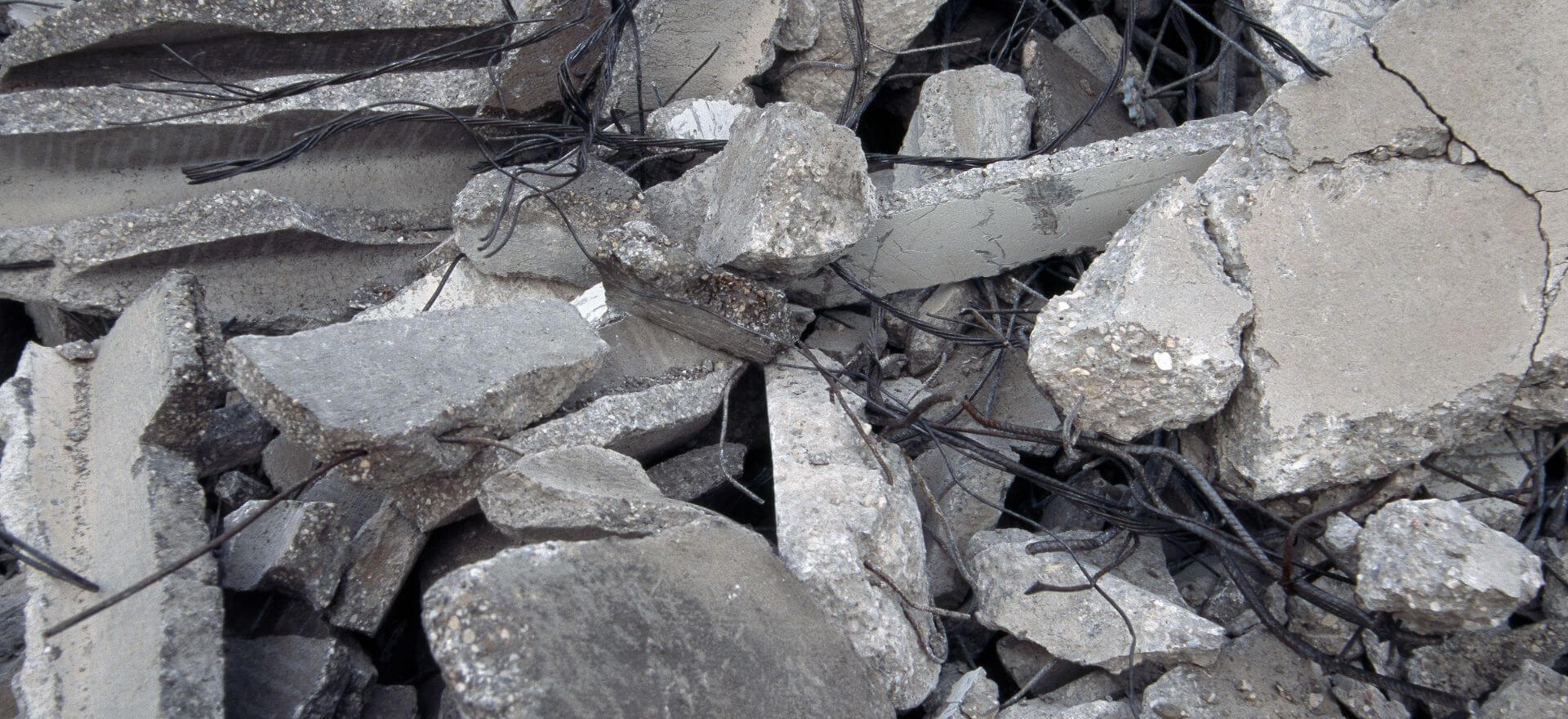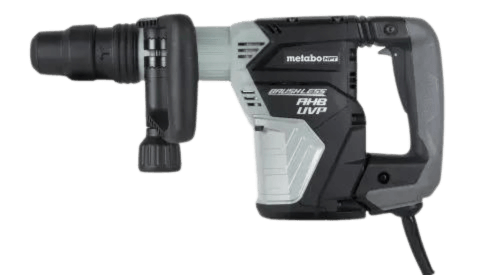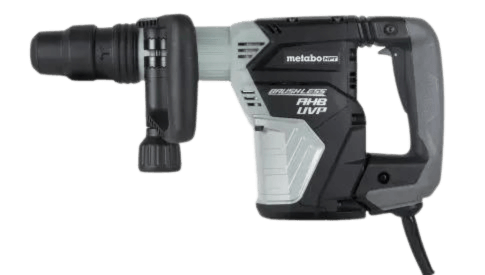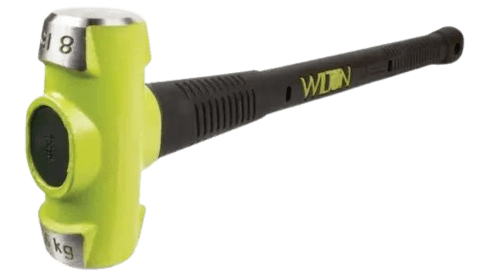


Essential Tools for Concrete Demolition
When it comes to concrete demolition, selecting the right tools is crucial. Whether you're a professional contractor or a DIY enthusiast, understanding the various tools available can make a significant difference in your work. This blog post will explore the different types of tools used for breaking up concrete, focusing on demolition hammers, sledgehammers, breaker bars, and cut-off saws.
Demolition Hammers: Power and Precision
Demolition hammers are a favorite among professionals because they can break through concrete with precision and power. These power tools come in various sizes and are often chosen based on the thickness and hardness of the concrete. For instance, a heavier demolition hammer would be ideal for breaking up thicker and more reinforced concrete slabs.
Practical Use:
A demolition hammer is invaluable when accessing areas for plumbing or electrical work. It allows you to precisely break up the concrete without causing extensive damage to the surrounding area. This precision is crucial, especially when working around existing plumbing or electrical lines that need to be preserved or replaced.
Example:
Consider a scenario where a homeowner needs to replace an aging clay pipe under their basement floor. Using a demolition hammer, they can carefully remove the concrete around the affected area, access the damaged pipe, and perform necessary repairs or replacements. Once the work is completed, the area can be refilled and re-concreted, minimizing disruption and repair costs.
Sledgehammers: Manual Force and Control
Sledgehammers are one of the most traditional tools in concrete demolition, known for their simplicity and effectiveness. They require more physical effort but offer greater control during demolition. Sledgehammers are best used for smaller, less thick concrete areas with less critical precision.
A sledgehammer that combines a substantial 20-pound head with a 36-inch handle will provide power and reach. The longer the handle, the more leverage it offers, reducing the effort needed to break up concrete.
Practical Use:
Sledgehammers are ideal for breaking up smaller patches of concrete or finishing off work started with a demolition hammer. They are particularly useful in areas where using powered tools might be impractical due to space constraints or the need for careful control.
Example:
If a contractor needs to remove a small section of concrete near a delicate area, such as close to glass windows or fixtures, a sledgehammer allows for controlled impact that minimizes the risk of accidental damage.
Additionally, in a basement setting, after using a demolition hammer to do the bulk of the work around a plumbing issue, a sledgehammer can be used to break up any remaining small pieces of concrete to ensure a clean working area.


Breaker Bars: Leveraging Force Efficiently
Breaker bars, also known as pry bars or wrecking bars, are essential manual tools in demolition that involve prying and breaking up concrete where extra convincing is needed. These tools are particularly useful for removing concrete chunks and debris post-demolition, allowing for more precise cleanup and material extraction.
Practical Use:
Breaker bars come in handy when dismantling the smaller, broken pieces of concrete after the initial demolition. Their leverage is beneficial for prying up stubborn pieces that are not fully detached or lifting heavy blocks of concrete to clear the workspace.
Example:
Imagine needing to clear out the remnants of a broken concrete slab after using a demolition hammer. A breaker bar would be perfect for prying up the pieces, making them easier to handle and remove, thus clearing the way for new piping or repair work without the need for heavy machinery.
Concrete Cut-Off Saws: Precision Cutting for Demolition
Concrete cut-off saws are powerful tools designed to make clean, precise cuts in concrete. These saws are ideal for creating specific shapes or lines in concrete before demolition, significantly reducing the effort required to break concrete into manageable pieces.
Practical Use:
A concrete cut-off saw can be used to score concrete around a designated area. This pre-scoring makes the subsequent demolition with hammers or breaker bars much easier and more controlled.
Example:
A concrete worker may need to remove a damaged piece of a walkway. They can cut a neat rectangle around the work area using a concrete cut-off saw. This allows for targeted breaking, minimizing the impact on the surrounding concrete and ensuring that repairs are done efficiently and with minimal additional damage.
Choosing the Right Tool
Choosing between a demolition hammer, sledgehammer, and breaker bar often depends on the specific requirements of the project:
Thickness of Concrete: Heavier, more reinforced concrete might necessitate the use of a demolition hammer.
Precision Required: For jobs requiring careful precision to avoid damaging underlying structures, a demolition hammer is preferable.
Physical Space and Constraints: In tight spaces, the manual control offered by a sledgehammer or the leveraging power of a breaker bar can be beneficial.
User Capability: Demolition hammers reduce physical strain and fatigue but require handling of heavier equipment, whereas sledgehammers and breaker bars require more manual effort.
Conclusion
The choice of tool can greatly influence the efficiency and outcome of your project in concrete demolition. Demolition hammers, sledgehammers, breaker bars, and cut-off saws each have their place in the toolkit of anyone working with concrete. By understanding the uses and applications of each tool, you can ensure that your concrete demolition job is successful, safe, and minimally disruptive.
For more insights and the latest tools for your concrete demolition needs, visit https://beavertools.com/, your go-to source for professional-grade demolition equipment.




